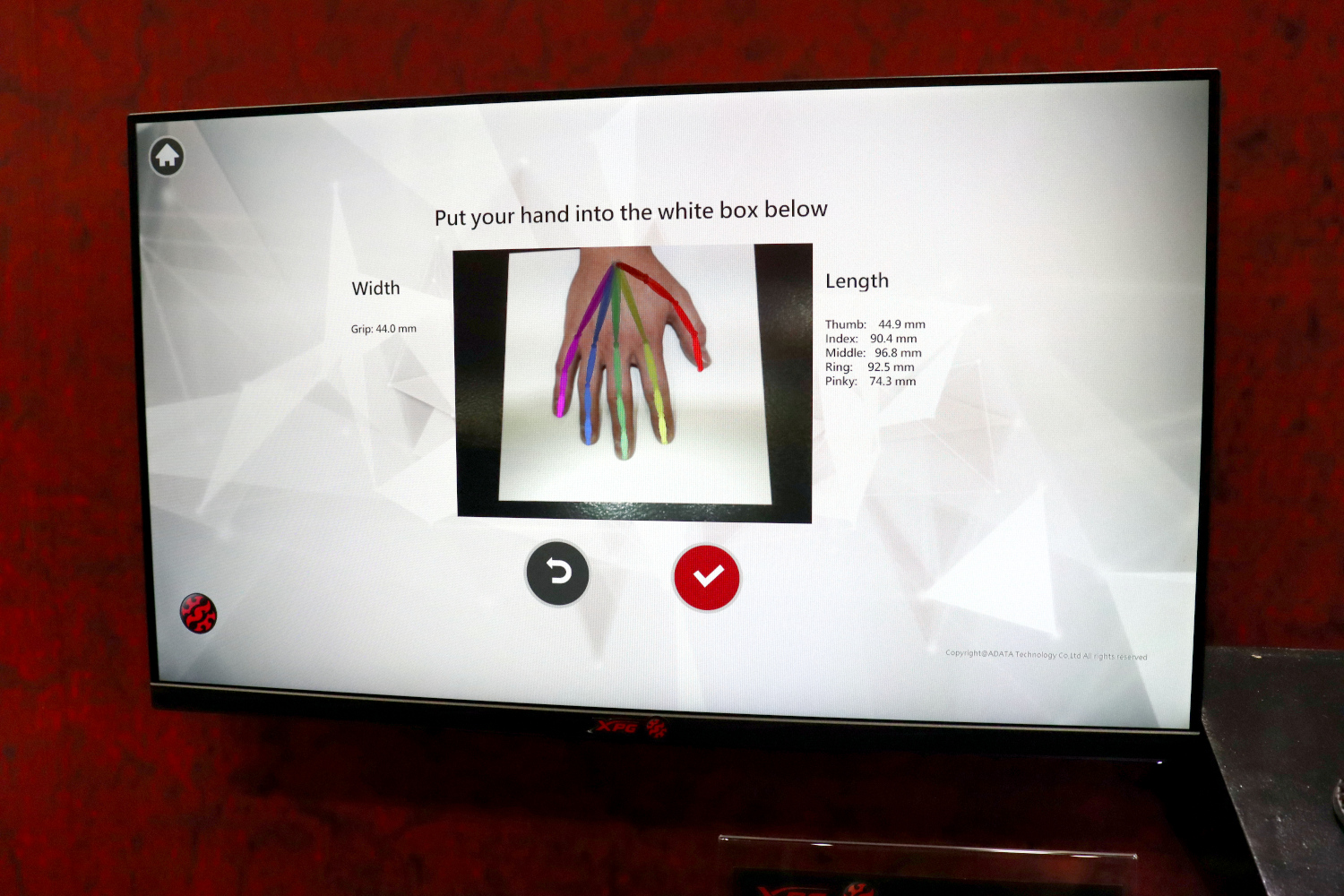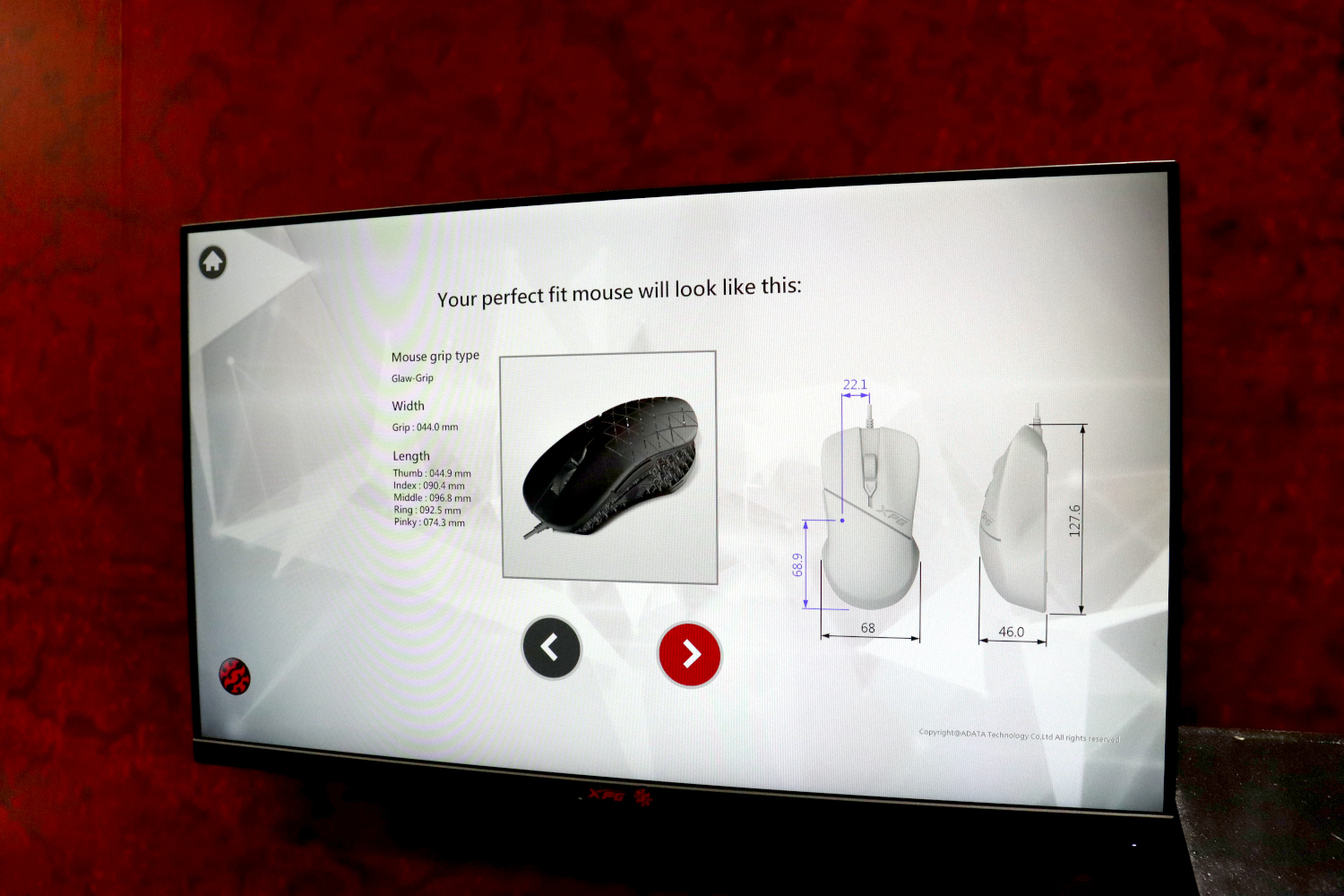“XPG's custom-printed Headshot mouse could open up a new frontier for gaming gear.”
- Super lightweight and durable
- Can be printed to your unique hand size and grip type
- High-end sensor and switches
- Squeeze is a unique input option
- Expensive for a wired gaming mouse
Xtreme Performance Gear (XPG), Adata’s gaming division, has an exciting new take on the gaming mouse. It uses new 3D printing techniques to build gaming mice specifically for the hand size, shape, and grip type of every gamer. XPG wants to give everyone a gaming mouse that’s custom-built for them.
New materials for a new age

Even the best gaming mice are made of plastic. They might have a rubberized coating for grip or comfort, but their bodies, frames, and buttons are all plastic. More recently, though, we’ve started to see gaming mice with a honeycomb structure that removes as much of the shell of the mouse as possible whilst retaining rigidity and comfort. That helps cut weight, making for faster, leaner mice which can, in the hands of speedy gamers, outperform chunkier rivals.
XPG wants to take that a step further by incorporating a similar “lattice” design with a new building material. The Headshot is created with a 3D printing material called PA12, a nylon based thermoplastic. This creates a different kind of mouse. The Headshot is not only lightweight (pre-production models weigh around 65 grams), but flexible . That flex makes it fit comfortably in your hand as you grip it and it provides a unique input option.
Like virtual reality motion controls, the Headshot can be squeezed. That triggers a customizable reaction in the mouse. By default, XPG has it set to sniper mode, instantly dropping the sensitivity for better accuracy. By squeezing the mouse, you lock your wrist and forearm, giving you more refined control, which should equate to more accurate movements in the moment.
XPG is experimenting with new feet from its Headshot mouse. Ditching the now-typical PTFE (non-branded Teflon) that most mice utilize, the Headshot will use shaped bumps made from the same PA12 material as the body. XPG assures us that the specially crafted feet perform as well as PTFE, and are far more durable.
I thought the Headshot’s shape and structure a wonderful fit for mu palms and finger tips and I enjoyed the flex in the building material. It seemed to settle into my hand well and gave me the option to grip harder or tighter, retaining the same feel in either case.
A mouse built just for you
The mass-production model of the Headshot is coming before the end of this year, but XPG’s most revolutionary feature is its unique 4D printing. That’s marketing spiel for custom 3D printing fitted for each customer.
To achieve this, XPG will offer an application that takes images of your hands. XPG can then print and build a mouse especially designed for not only your hand shape and size, but your grip preference, as well. I gave it a go at IFA 2019, and the demo-floor app told me the following mouse dimensions would be the best fit.
I’ll need to try out an especially crafted Headshot before I can say anything about its quality, but having a bespoke rodent built just for you sounds like it could be the best way to find a mouse that meets all your personalized needs.
Everyone will have to spare no expense
Alongside all of its innovation, XPG is incorporating the Headshot with all of the high-end features of a typical gaming mouse. A Pixart PMW3389 sensor with a 16,000 DPI sensitivity and Omron Switches. The only downside to this, is that with the new, expensive 3D printing materials, these mice will not be cheap.
XPG expects to profit very little from each sale in order to not make the costs too extreme. Even with that, the Headshot could be as high as $100 which, for a wired gaming mouse, is very steep.
Still, it could be worthwhile. If $100 buys a mouse that’s built exactly to the physical dimensions of your hand and your own grip type, with a super lightweight shell that’s durable and flexible, the XPG Headshot could be the last mouse you ever need.
The off-the-shelf Headshot is targeted for a pre-Holiday 2019 release, while the customization app and custom mice are slated to appear in the first few months of 2020.
Check out our full IFA 2019 coverage for more new gear from Europe’s largest tech show.






